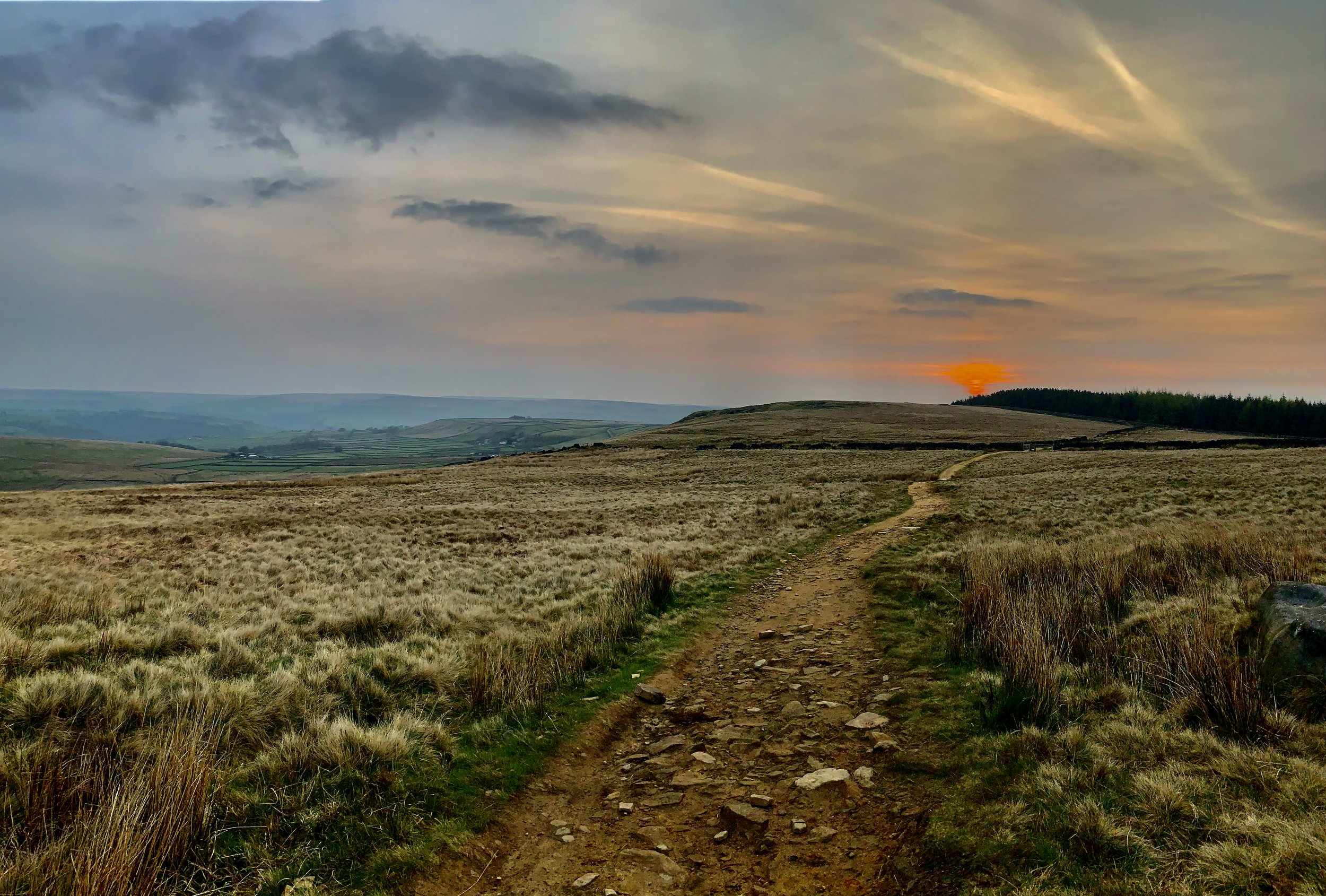Race Recce
Time spent on reconisance is always time well spent. But how can you familiarise yourself with the race route when you can’t actually get there in advance, as well as how to deepen your knowledge and understanding of a route you can recce in person. Read on for our top 5 tips.

Early morning recce on the Pennine Way for the Spine Race
Video footage.
Often you can find old race footage, official and from other runners. Search on Youtube and you’ll find either summaries of the key parts, or sometimes even the whole route (sped up). Those treadmill or turbo sessions can be done watching these videos to help you visualise, and ramp up the excitement for, the race to come.
Guide books
For races covering established paths / routes there are often detailed guidebooks which offer a rich back story and additional information which will assist your navigation. Plus identifying the stories from the guidebook as you run along helps break your race into smaller segments, giving you a greater appreciation of the journey you are on.
3D Fly through videos
OS mapping / Google earth fly through are a useful way to visualise the route. You can start to visualise every twist and turn of the route, but also identify key landmarks, get a feel for the steepness of any terrain, and if you can combine this with google street view (for which you’ll often find some mountain paths have 3D photos for too) you can get a rich understanding of what the route will be like when you are on the ground for real.
Study the map
Sounds obvious, but worth stating. Study the maps and learn the features you’ll be looking for on the ground. Make notes on things you will look for to aid your navigation, such as land marks, aiming off points, handrails (orienteering speak). Consider making your own route cards with notes on the back to aid navigation, small laminated cards which easily fit in a pocket where you can then flip from section to section also helps you focus on the present and not be overwhelmed by how many miles you may have left.
Read race reports and blogs
Reading race reports and previous participants blogs can again give you further depth of knowledge of the course. How they reflected on the course, or key elements of the route, can help you identify areas you need to study in advance. Did they get lost? Did they find certain sections difficult to navigate? Where were their challenges? Learn from their mistakes so you don’t make the same.





